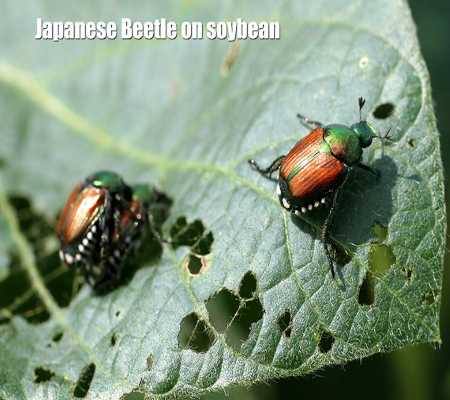By Bryan Jensen
I received a few calls/texts early this week regarding armyworms. I am not sure how this may play out and I don’t want to be “crying wolf” but if you are looking for another reason to get out of the office, armyworms may be that reason.
I mentioned in last week’s Wisconsin Crop Manager armyworm article a few field situations that would be worthwhile to spot check including, but not limited to, winter wheat, corn and soybean after a grass cover crop and new alfalfa seeding especially if there is a connection with grassy weed growth or cover crop. I also mentioned I did not like armyworms. I still don’t.
You may find armyworm damage to be spotty or “clumped” within fields as well as on the local and greater landscape level. This makes scouting important, yet frustrating. An example to prove my point could be that Southern Wisconsin may escape damage while northern Wisconsin gets more than their share. A county or township may have a very similar situation, if not worse. Or a single field may be devastated while all others in the area look good. It can be very frustrating, and damage easily missed until it is too late. Unfortunately, when it is too late you will know it.
Above ground Bt traits vary in their control of armyworm. Only those trait packages with Vip3A offer control. For help determining specific traits expressed in the packages please consult the Handy Bt Trait Table. It truly is handy.
In closing, scouting will allow you to see for yourself what the potential risk of damage may be in your area.
JAPANESE BEETLES
Come to think of it I am not very fond of Japanese Beetles either. Adults have already been reported by the Wisconsin Pest Bulletin and I suspect we will see a significant increase in adults over the next few weeks. A couple of factors come to mind which suggest a higher than normal numbers in 2020. During the 2019 growing season we had adequate soil moisture which will increase egg viability and survival of newly hatch grubs. Furthermore, the mild winter of 2019/2020 should positively influence overwintering survival.
Japanese beetles lay eggs during mid-summer and grubs will be near full grown by the end of summer before they move deeper in the soil profile to overwinter. In the spring grubs will feed, pupate and adults will emerge. Scouting is relatively easy because the adults are large, showy and their damage is easy to find. What is difficult about management is the adults are large, showy and their damage is easy to find. My point is that because the adults and their damage is so noticeable it is easy to get anxious.
Soybean are more tolerant of defoliation during the vegetative stage; 30% defoliation is needed before an insecticide application can pay for itself. During the reproductive stages that percent defoliation is reduced to 20%. People tend to overestimate defoliation. You can calibrate your estimates by using the chart on the bottom of page 128 in A3646, Pest Management in Wisconsin Field Crops. Please keep in mind the defoliation threshold is based on the whole plant. Not just the upper leaves where damage is concentrated. A concern about Japanese beetle over management is that soybean aphids and/or two-spotted spider mites may be colonizing fields at the same time. Unnecessary broad-spectrum insecticide application will kill beneficial organisms and increase pest populations quicker than normal.

Japanese beetle adults: ½ inch in length, metallic green thorax and bronze elytra (wing covers), and 6 white tufts of hair on each side of the abdomen below the elytra.
In corn, a threshold has been established of 3 adults/plant, active silk pruning and feeding prior to 50% of the plants pollinated. Regarding scouting, it is common for people to tell me that populations are higher on the borders of corn fields.
Source : wisc.edu